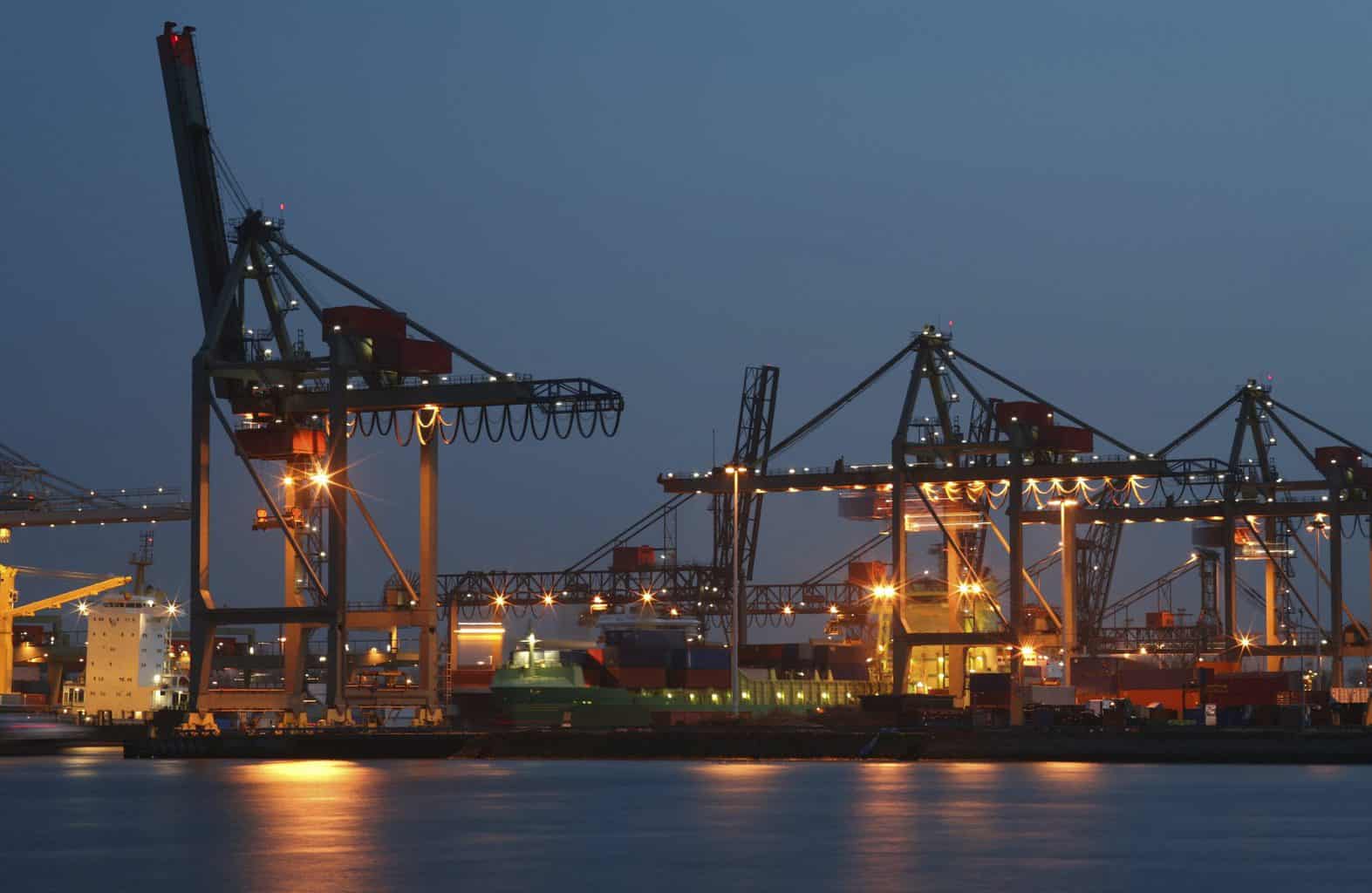Census of Fatal Occupational Injuries (CFOI) reports falling equipment or objects caused an average of 44 crane-related deaths per year in the U.S. 3/5 of these deaths.
When was the last time your crane was inspected and maintained?
OSHA mandates regular crane inspections by qualified individuals. However, routine inspection and crane repair services aren’t just a safety concern. A major breakdown at the wrong time can affect your construction schedule.
Worse, it could cost you far more than the cost of a small scheduled fix. Avoid inspection and regular minor repairs at your own risk.
Read on to learn more.
Regular Maintenance to Avoid Accidents
Crane manufacturers and OSHA recommend inspections based on time in use.
OSHA and ANSI required crane inspections, performed daily and monthly, plus periodic inspections, performed monthly or annually are typical. However, most crane users opt for the absolute minimum scheduled crane inspections.
For example, instead of frequent inspection, they opt for quarterly. Where periodic inspections are suggested, an operator might haphazardly choose a cursory annual look.
The Crane Manufacturers Association of America (CMAA) service classification, the use environment, and the duty cycle of a crane determine how frequently a crane needs maintenance. The duty cycle refers to lift frequency, the carry distance for loads, and the percentage of the crane’s capacity used.
The most efficient way to keep track of this information is online. A small transponder monitors and records this information for automatic crane repair services reminders and inspection alerts.
Crane Repair Services to Think About
Taking a crane out of service for an extended period is an expensive proposition. Here are five typical maintenance chores that can have dire results if skipped.
1. Wire Rope Flaws
Birdcaging, corrosion, or internal core wear are all signs of an overdue inspection or crane repair services. Inspect the wire rope before every use. Regular lubrication reduces wear.
2. Alignment Flaws and Excess Wheel Wear
A crane skewing as it travels down the runway causes stress and damage to the entire crane system. This wears runway beams and wheels and destroys the working lifespan prematurely.
3. End Truck Wheel Wear
Through the course of a crane’s life, the wheels wear down due to normal use. Regular replacement prevents failure.
4. Hook Damage
Hooks are made with specific loads in mind. Incorrect loads or overloads place wear on parts not designed for carrying the stress.
5. Electrical Wear and Tear
Contact interruptions between conductor bars and the collector or radio interference in the push-button pendant or radio controls signal the need for repair. Any breaks, no matter how intermittent, deserve a look.
All of these conditions can be minor, but if ignored, can cause significant failures.
Maintenance Programs Save Money and Lives
Complete inspection records and frequent monitoring of small problems keep significant repairs and downtime at bay. They also happen to be required by law.
Choose crane repair services that offer common-sense inspection and maintenance with high-quality, long-lasting parts. Want to compare replacement parts for your overhead crane? Contact our experts today!

